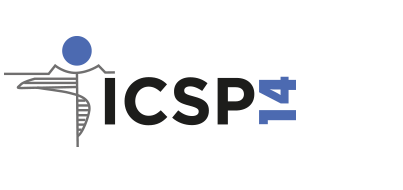14th International Conference on Shot Peening
Abstract [66]
Y. Mizutaa, S. Tamakib, T. Katoc Y. Sakinoc, T. Hosokaia, Y. Sano
Osaka University, SANKEN, Ibaraki 567-0047, Japan – y.mizuta@sanken.osaka-u.ac.jp
b LAcubed Co. Ltd., Yokohama 220-0012, Japan
c Kindai University, Higashi-Hiroshima 739-2116, Japan
d Institute for Molecular Science, Okazaki 444-8585, Japan
Introduction
Laser peening without coating (LPwC) introduces compressive residual stresses (RS) on the surface of metallic components covered with water by irradiating them with high intensity laser pulses [1,2]. The advantage of LPwC is the possibility of fine execution management and the capability to introduce deep compressive RS on the material surfaces. It is well known to be highly effective in inhibiting stress corrosion cracking and fatigue cracking on material surfaces [1]. In addition, LPwC has an excellent effect on improving the fatigue strength of welds, which compensates for the disadvantage of high strength steels when welded. LPwC has a high potential for enhancing material surface, but the high-power laser used requires clean room facilities, large equipment and severe operating conditions. Therefore, the application of the LPwC has been limited to high cycle fatigue of jet engine fan blades and stress corrosion cracking of nuclear reactor structures. If microchip lasers, which are small and easy to handle, could be used as a light source for LPwC, it would be possible to apply them not only to production processes in factories but also to existing steel structures such as bridges, to which conventional lasers have been difficult to apply for the above reasons.
Objectives
Experiments were made to confirm whether LPwC with microchip lasers could impart compressive RSs in HT780 base metal and enhance fatigue properties of HT780 welded joints.
Date
18 Novembre 2022

